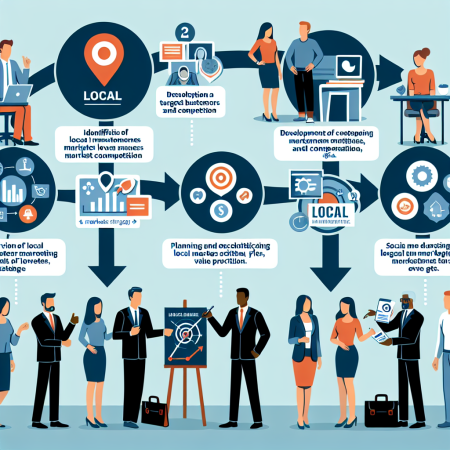How to Develop a Local Marketing Strategy
Understanding Your Target Audience
Developing a successful local marketing strategy starts with understanding your target audience. By knowing who your potential customers are, their demographics, interests, and behaviors, you can tailor your marketing efforts to reach them effectively. Conduct market research to gather data on your target audience, including their preferences and pain points.
Segment your audience based on different criteria such as age, location, income level, and purchasing habits. This segmentation will help you create targeted marketing messages that resonate with specific groups within your audience. Understanding your target audience is crucial for crafting personalized and engaging marketing campaigns that drive results.
Customer Personas
Creating customer personas is a valuable exercise in understanding your target audience on a deeper level. A customer persona is a fictional representation of your ideal customer based on real data and market research. Include details such as demographics, interests, goals, and challenges that your target audience faces. By crafting specific customer personas, you can tailor your marketing messages to address the needs and preferences of different segments within your audience.
Use insights from customer personas to develop customized marketing strategies that speak directly to each persona’s motivations and concerns. When you understand your audience’s behavior and preferences, you can create more personalized and relevant marketing content that resonates with them on a deeper level.
Market Research
Conducting thorough market research is essential for identifying opportunities and challenges in your local market. Gather data on consumer trends, competitor strategies, and industry insights to inform your marketing decisions. Analyze market data to identify gaps in the market that your business can capitalize on.
Utilize market research tools and resources to gain a comprehensive understanding of your local market landscape. By staying informed about market trends and consumer preferences, you can adapt your marketing strategy to meet the evolving needs of your target audience.
Location-Based Targeting
Implementing location-based targeting in your marketing strategy allows you to reach customers in specific geographic areas. Leverage tools such as geotargeting and geofencing to deliver relevant and localized marketing messages to consumers based on their location. This approach enables you to connect with local customers and drive foot traffic to your physical storefront.
Customize your marketing campaigns based on different locations to resonate with the unique characteristics of each area. By tailoring your messaging to local nuances and preferences, you can establish a strong connection with your target audience and drive engagement with your brand.
Online and Offline Integration
Integrating your online and offline marketing efforts is key to developing a cohesive local marketing strategy. Create a seamless experience for customers across digital channels, such as your website, social media platforms, and email marketing, as well as offline channels like in-store promotions and events. Align your messaging and branding to maintain consistency and build brand recognition.
Encourage online engagement that drives offline actions, such as store visits or event attendance, to bridge the gap between your online and offline presence. By integrating both online and offline strategies, you can maximize your reach and impact in the local market and create a holistic experience for your audience.

